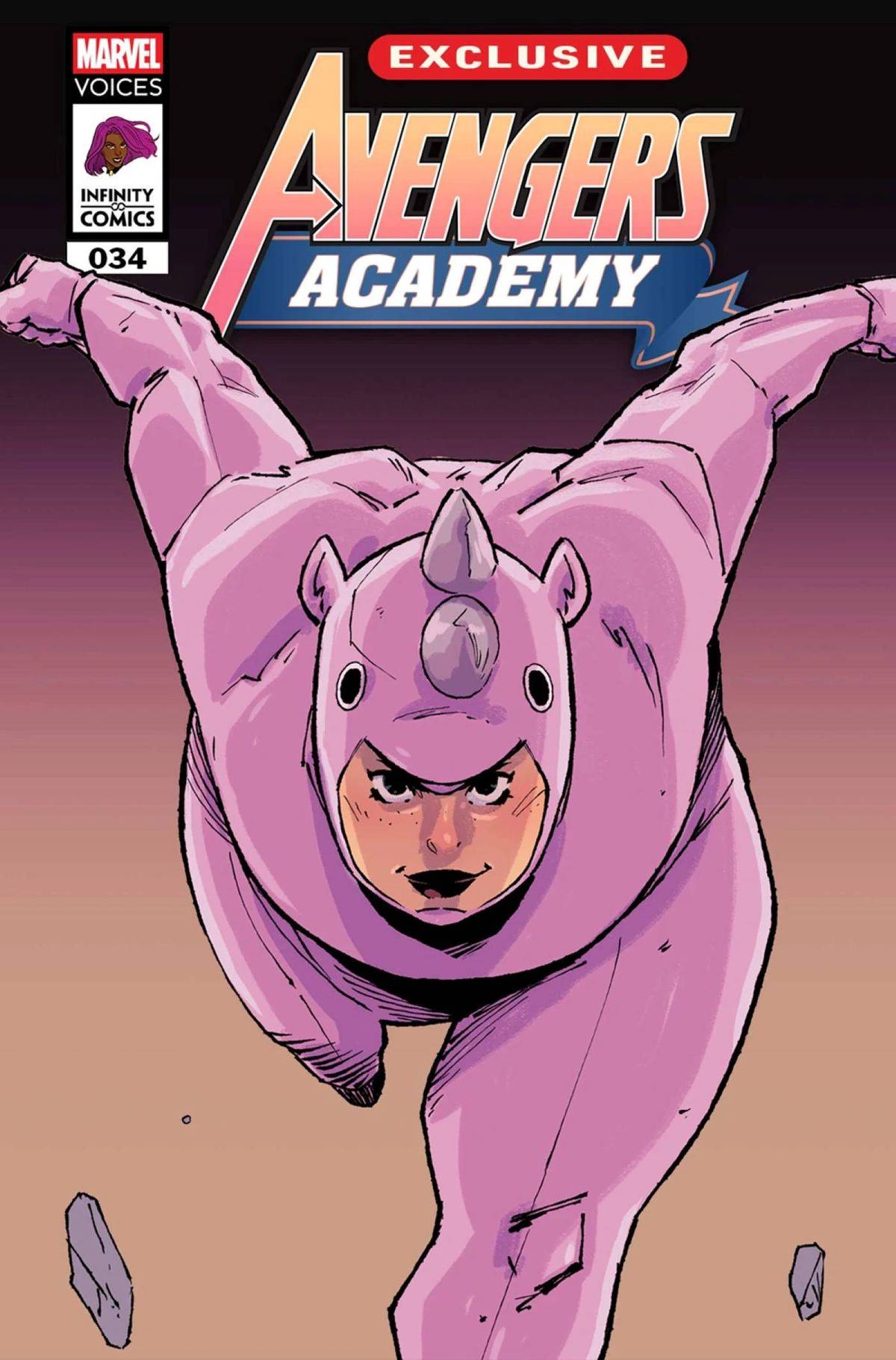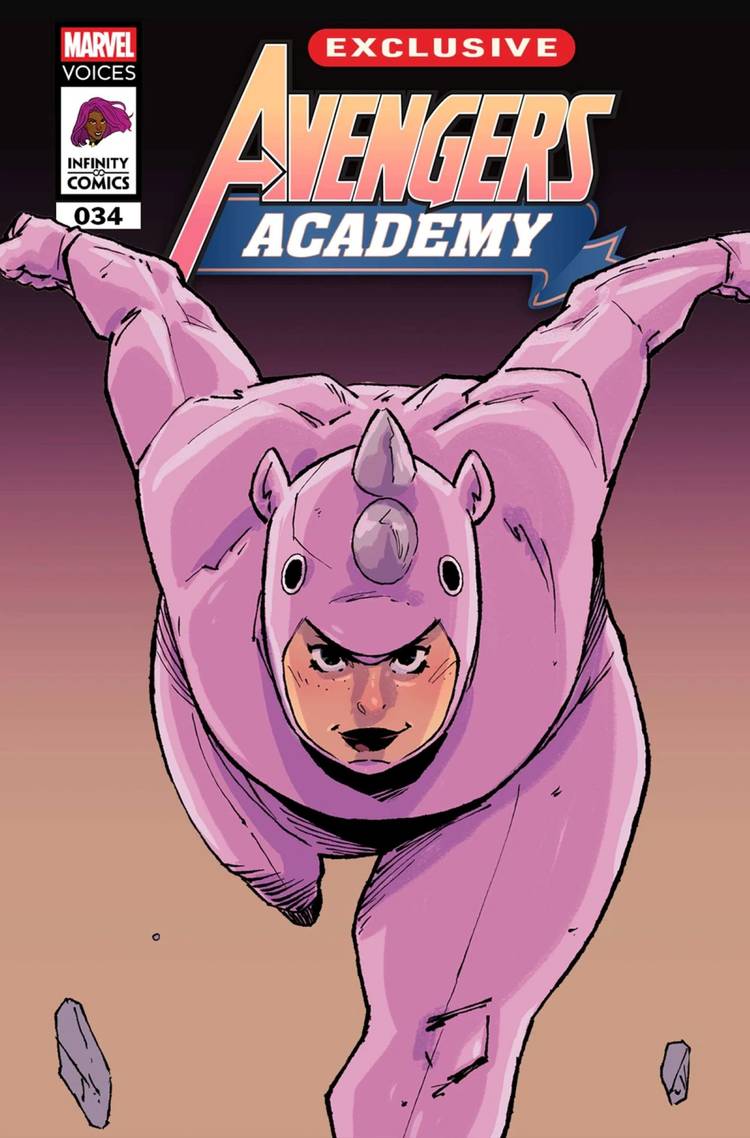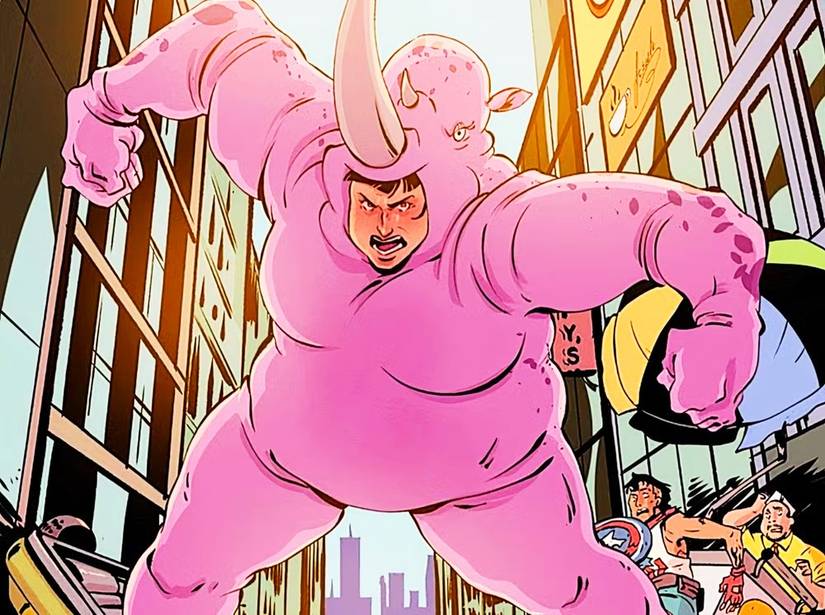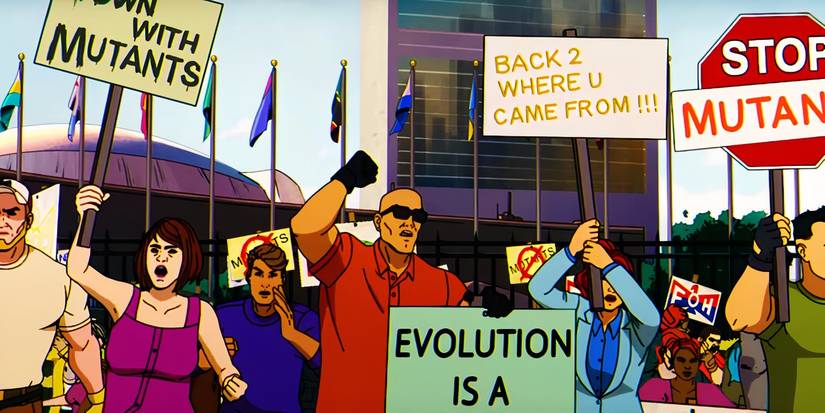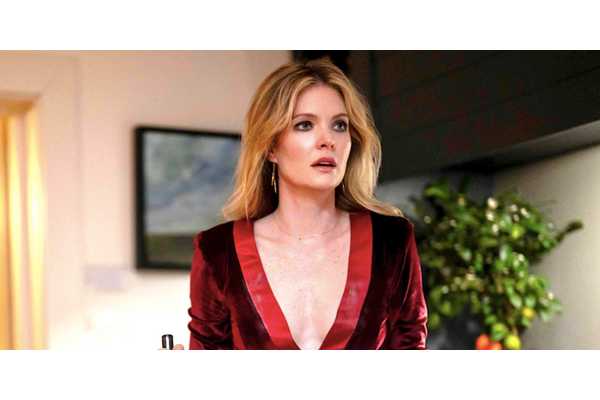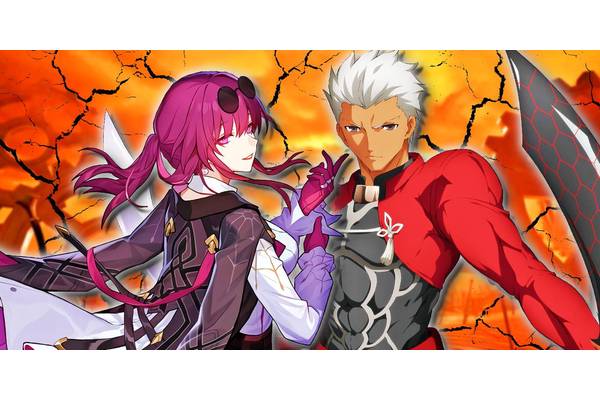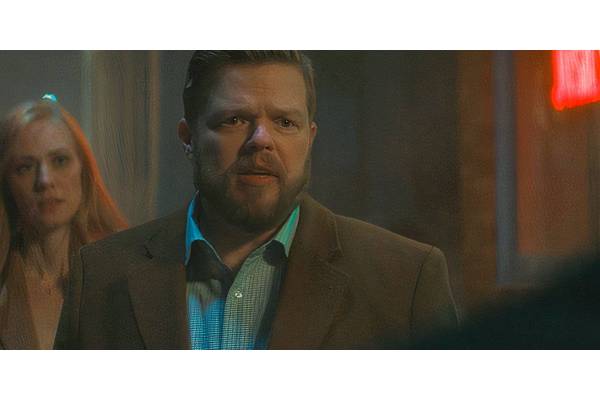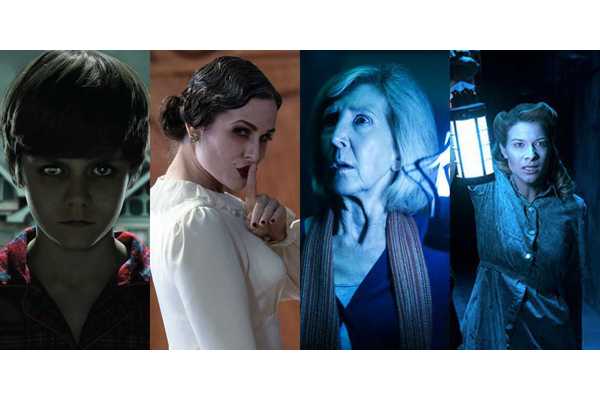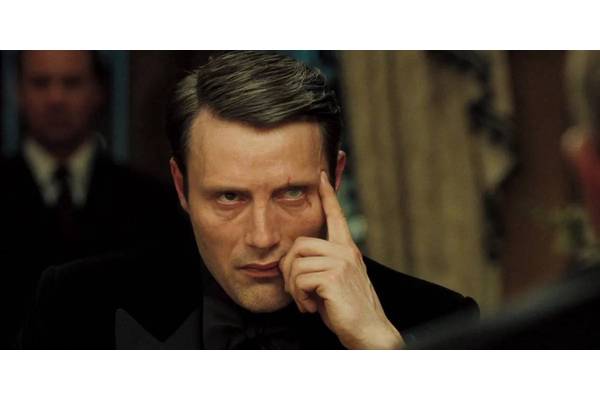Avengers Lore Now Has Its Own Version of Mutants, "Legally Distinct" from X-Men
Mutants have always had a unique place among Marvel's heroes, with their leading X-Men standing apart from traditional heroes due to their unique struggles with societal discrimination. Now, Marvel is expanding this concept by introducing a legal distinction between genetically based superpowers, and how the public is reacting to this distinction is going to change the way future mutant stories are told in the Marvel Universe.
In Avengers Academy: Marvel's Voices Infinity Comic #34, written by Anthony Oliveira, with art by Pablo Collar, Marvel presents a superhuman gene "legally distinct" from the mutant X-gene, called the Rao Factor. This introduces a new layer to the Marvel Universe, particularly through one of the most ridiculous Marvel villains, Cindy Shears, aka Rhinoceress.
The issue explores the origin of the Rao Factor, while highlighting how society reacts to these new superhumans in comparison to traditional mutants. How this distinction is perceived in the Marvel Universe going forward could have lasting effects on public perceptions of power and identity.
Introducing Marvel's New Superhuman Gene: The "Rao Factor" And What It Means
Avengers Academy: Marvel's Voices Infinity Comic #34; Written By Anthony Oliveira; Art By Pablo Collar; Color By Kike J. Díaz; Lettering By Ariana Maher
Marvel's introduction of the Rao Factor marks a new chapter in the superhero gene story; the Rao Factor is presented as a superhuman gene, separate and legally distinct from the X-gene, despite them essentially being the same thing. In Avengers Academy: Marvel's Voices Infinity Comic #34, readers meet Cindy Shears, a young woman whose powers were discovered early in life. Her family, unsure of how to handle her newfound abilities, sought help from Doctor Kavita Rao. It was the doctor who identified Cindy’s unique genetic variance, marking her as a person with the Rao Factor, which sets her apart from mutants.
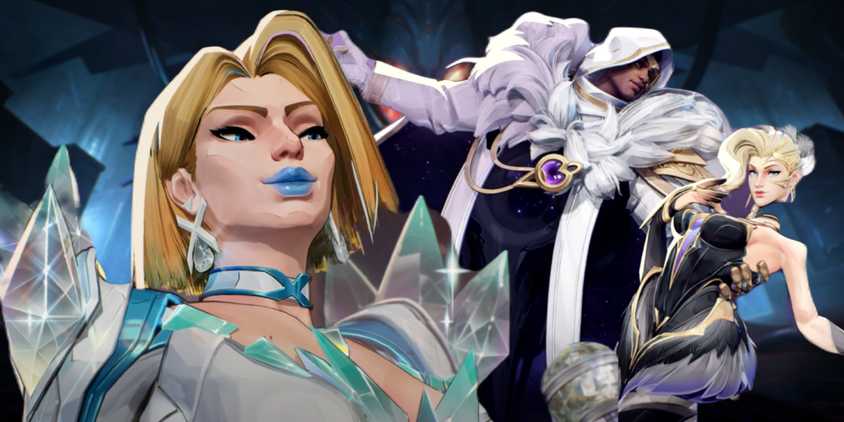
It's True! One of the X-Men's Best Arcs Is Making a Comeback, And It's Thanks to Marvel Rivals
The latest season in Netease's hit game takes fans to the Krakoa era, giving fans a taste of this classic X-Men era alongside in-game rewards.
Cindy’s journey becomes one of self-discovery and defiance. After being locked away and abandoned by her family, Cindy escapes and adopts the villainous persona of Rhinoceress. Despite engaging in illegal activities, she also leads a more grounded life, working as a bartender and bouncer at the Invisible Light. The Rao Factor is central to Cindy’s transformation, symbolizing the divide between people like her and those with the mutant gene. Her character embodies the complexity of a superhuman with unique powers, struggling with her place in a world that misunderstands her, but isn't outright phobic of her as they are with mutants.
Society's Reaction To The Rao Factor Could Shape The Future Of The Marvel Universe
Hypocrisy or New Understanding?
As the Rao Factor becomes more widely recognized, society’s reaction to these individuals will inevitably draw comparisons to the treatment of mutants. In the comics, even the X-Men's greatest weapons are useless against the public's prejudice towards homo-superior. The people with the Rao Factor are treated differently, creating a sharp distinction between them and the mutant community that goes far beyond legal definitions. This shift in superhero dynamics challenges the status quo, highlighting the parallel struggles between different types of superhumans.
Society's continued acceptance of those with the Rao Factor while rejecting mutants highlights the hypocrisy of such bigotry, showing how mutant discrimination is a socially conditioned reaction rather than a natural one.
Marvel’sintroduction of the Rao Factor is a fresh twist on the classic themes of discrimination and acceptance. The public's treatment of people with the Rao Factor reinforces the ideologies thatX-Men stories have long criticized. Society's continued acceptance of those with the Rao Factor while rejecting mutants highlights the hypocrisy of such bigotry, showing how mutant discrimination is a socially conditioned reaction rather than a natural one. This development could prove to be a key turning point in the portrayal of power dynamics within the Marvel Universe.
Avengers Academy: Marvel's Voices Infinity Comic #34 is available now from Marvel Comics,
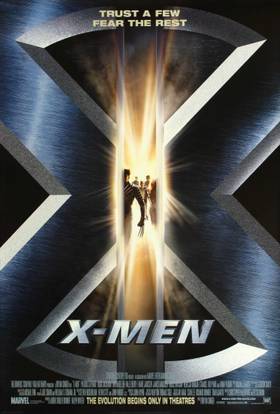
- Movie(s)
- X-Men (2000), X2, X-Men: The Last Stand (2006), X-Men Origins: Wolverine (2009), X-Men: First Class (2011), The Wolverine (2013), X-Men: Days of Future Past (2014), Deadpool (2016), X-Men: Apocalypse (2016), Logan (2017), Deadpool 2 (2018), Dark Phoenix (2019), The New Mutants, Deadpool & Wolverine (2024)
- First Film
- X-Men (2000)
- TV Show(s)
- X-Men: Pryde of the X-Men, X-Men (1992), X-Men: Evolution (2000), Wolverine and the X-Men (2008), Marvel Anime: Wolverine, Marvel Anime: X-Men, Legion (2017), The Gifted (2017), X-Men '97 (2024)
- Video Game(s)
- X-Men: Children of the Atom (1994), Marvel Super Heroes (1995), X-Men vs. Street Fighter (1996), Marvel Super Heroes vs. Street Fighter (1997), Marvel vs. Capcom (1998), X-Men: Mutant Academy (2000), Marvel vs. Capcom 2: New Age of Heroes (2000), X-Men: Mutant Academy 2 (2001), X-Men: Next Dimension (2002), Marvel vs. Capcom 3: Fate of Two Worlds (2011), Ultimate Marvel vs. Capcom 3 (2011), X-Men Legends (2005), X-Men Legends 2: Rise of Apocalypse (2005), X2: Wolverine's Revenge (2003), X-Men (1993), X-Men 2: Clone Wars (1995), X-Men: Mutant Apocalypse (1994)
- Character(s)
- Professor X, Cyclops, Iceman, Beast, Angel, Phoenix, Wolverine, Gambit, Rogue, Storm, Jubilee, Morph, Nightcrawler, Havok, Banshee, Colossus, Magneto, Psylocke, Juggernaut, Cable, X-23
- Comic Release Date
- 213035,212968

